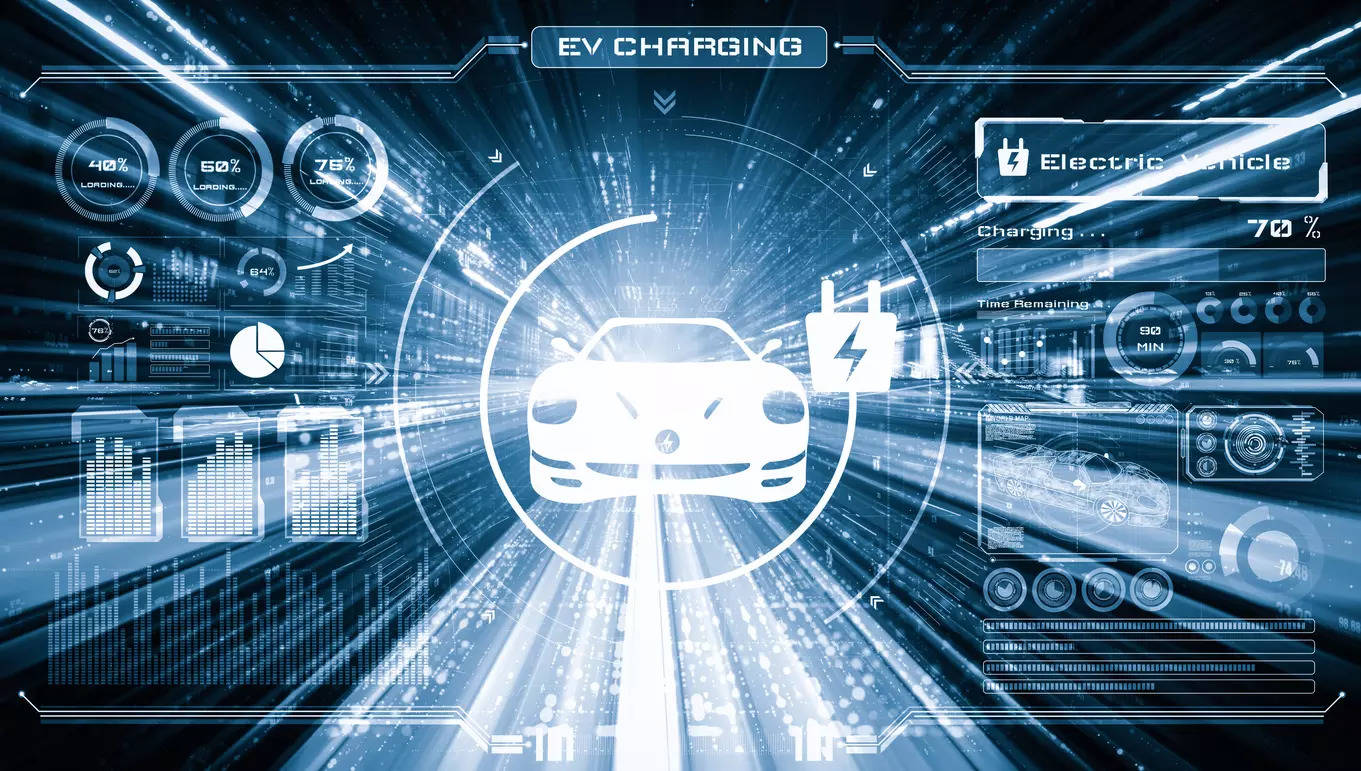
The automotive industry has been on a growth path mainly owing to the standardization of vehicle and parts manufacturing leading to mass production at lower costs.
OEMs can now mass produce quality vehicles using enhanced technology at a much faster pace and place them on the market quicker than earlier. Various industry experts opine that data and new technology can be the new oil.
The automotive industry has now become the industry 4.0. The 4th IR (Industry Revolution) refers to the era of connectivity, automation, advanced analytics, and advanced manufacturing technologies evolved over the years.
Digital twin technology refers to the combination of virtual and physical worlds through technologies such as 3D simulation equipment, IoT (Internet of things), and others. It can aid the manufacturers to boost their production and make their products more consumer- friendly. For instance data-driven manufacturing is escalated through the concept of digital twin technology.
What is digital and virtual twin technology?
Digital twin is the representation of a physical object/person/process which is contextualized in a digital form of its environment. Digital twin technology is applied to simulate real life-like situations and their results, for a better understanding of the product.
Digital twin technology is made up of three components- physical substance in the physical world, virtual model, and the technology (connected) data that ties both the physical and virtual worlds in conjunction.
This technology is used in several sectors to enhance the productivity and efficiency of the work. A shift in the auto industry is observed towards digital and virtual twins in recent years.
Virtual twin technology helps in providing the experience of the model in a visual form, thus creating a simulation of the entire environment. It aids in facilitating sustainable business innovation throughout the full lifecycle of the product. This technology commences with designing a 3D model that represents the shape, structure, properties of the product. Following that simulations are run on the virtual product to understand the behavior of the product when assembled, and operated.
Application in the auto industry
In the automobile industry through the digital twin technology a virtual replica is created of the software, mechanics, and physical behavior of the whole product. This technology carries a real-time performance, inspection data, and sensor. It also notes the service history, parts replacement data, configuration dynamics, and others.
This technology is used in several cases in the automotive industry where it enhances the consumer behavior and helps the manufacturer to comprehend different market requirements.
Use cases
The following are some of the use cases of digital technology in the automotive industry.
Product testing: Digital twin technology of a product aids in understanding its quality and performance in a virtual mode. In virtual replica the organization has the liberty to change the dynamics of the product (design, compounds, raw material, and performance, etc.) For example, the digital twin of a car can be digitally tested and modeled for different road types and can be modified accordingly.
Manufacturing capacity: To know the production impact of any new machine for manufacturing the organization can use digital twins to replicate the impact of new equipment on the production. The simulation needs to consider features of the organization’s product including the material, historical data of manufacturing, and others. The replication could aid in providing insights about how the production capacity might increase after the usage of new equipment in the factory.
Predictive maintenance requirements : Through digital twin technology the simulation of factory equipment, maintenance necessities and required health of production lines can be forecasted. Digital twin technology need to extract real-time data from IoT devices and sensors used in the production capacity to detect the faults and causes.
Sales: This usage is implied in the future where the buyers can provide opinions about the product before it has entered the market. Through digital twin technology of a product (vehicle), an organization can permit the potential buyers to analyze the product and note the feedback given by them. The prospective buyers can understand new features of the vehicle, check out the vehicle design, and compare with other or older models.
The company can request feedback from their clients with the 3-D model of cars even before beginning the production of automobiles. This can lower the cost of acquisition of a customer and might also increase the total addressable market of the vehicle since using feedback from the customer, the OEM can improve its design, or features, etc and might also address its flaws (if any).
Benefits
The benefits of using digital twin technology in the automotive industry are:
Collection of data: It integrates data from performance charts, past models, and other sources which help the manufacturer evaluate the information and provide the data in a virtual mode.
Verification process: Digital twin technologies can provide a swift and trust worthy method of verification of designs through its quality and compatibility. This technology may aid in improving the design effectively through sourcing the required data to simulate and go through the complete-check process of the product.
Finding out the flaws: Through the collection of data it can aid in detecting the flaws during the downtime of equipment and work from past available information. Aiding the company to take the required steps in order to avoid malfunction of machinery on a large scale or for a longer period of time.
Another usage example can be showing the virtual prototype to the customers and working on the flaws they mentioned. This process of working on flaws and improving it not only makes it more market accurate but also can enhance the sales.
Challenges of digital twin technology
In the automobile industry, huge data is collected at different stages of product manufacturing which requires proper assembling that can make the product cost-effective and improve the quality. However, as per a report by AIMutiple, a technology industry analyst, only about 12% of the enormous data is utilized by the company.
The auto industry is moving towards net zero and sustainability. It can be done through digital twin technology to make it more reliable and swift. Digital and virtual twin technology is a useful asset which is yet to be fully utilized by the auto majors.

















